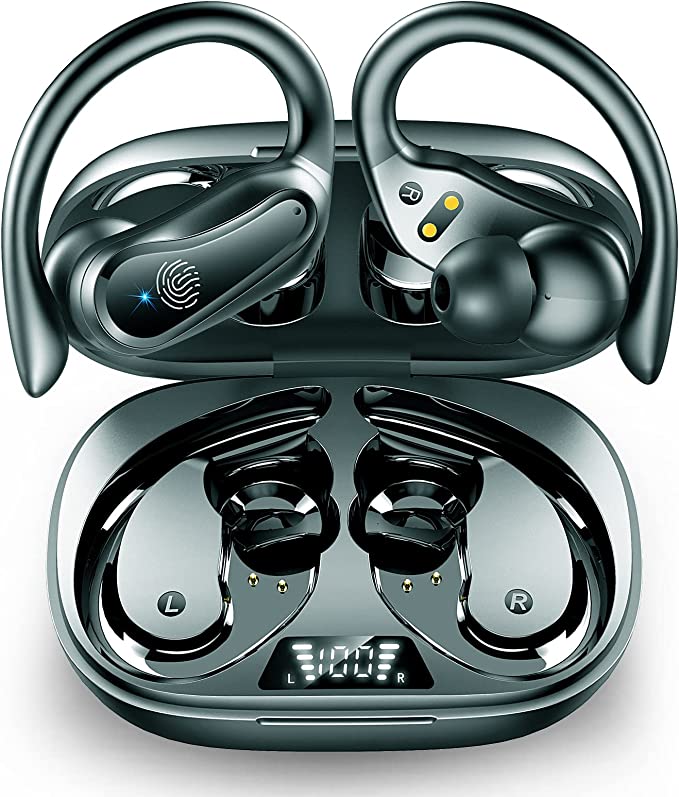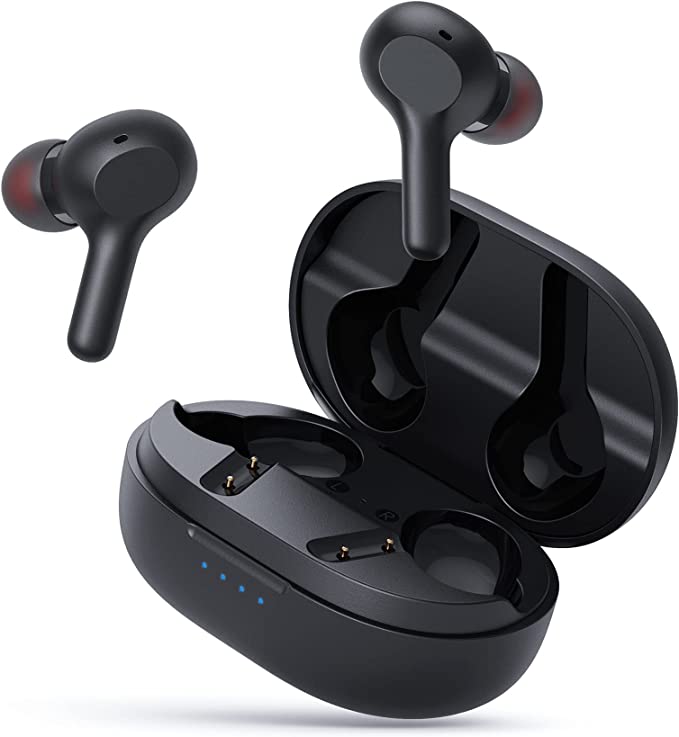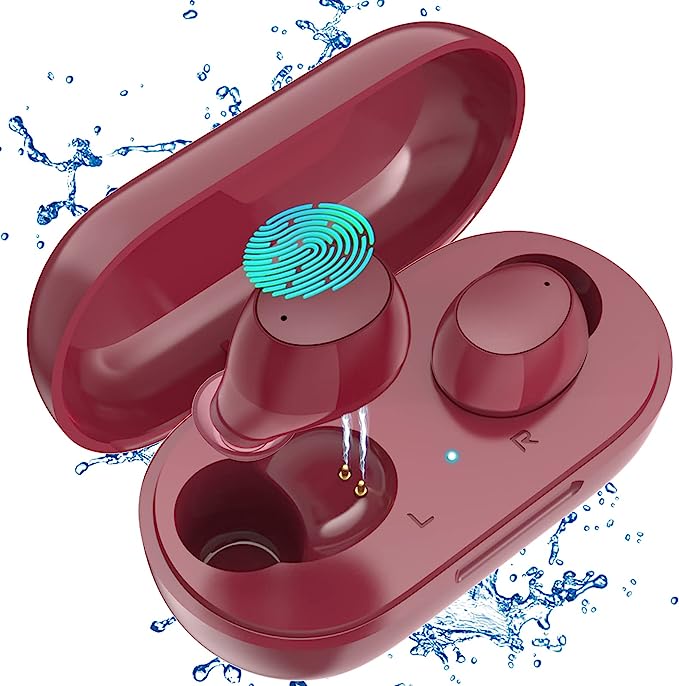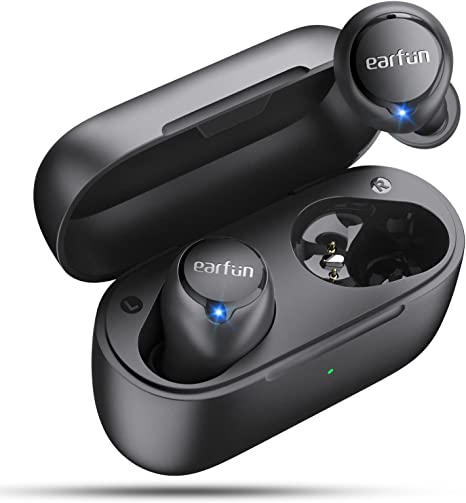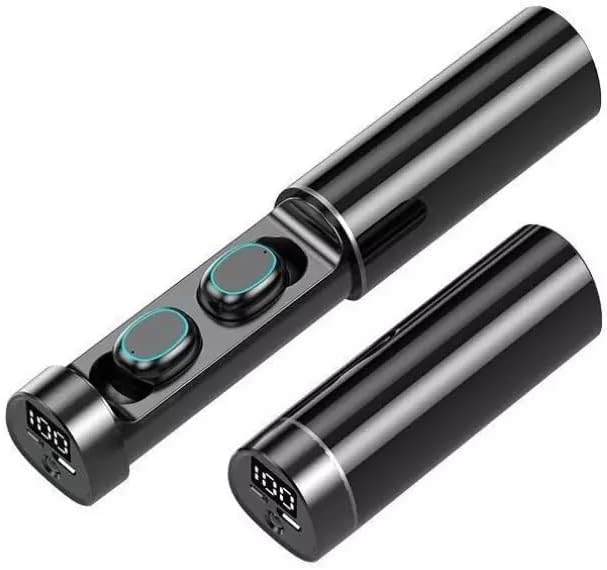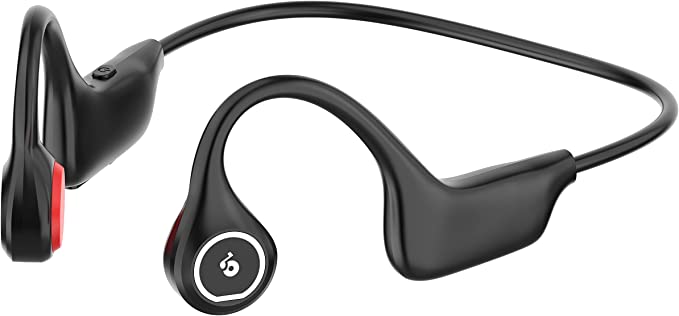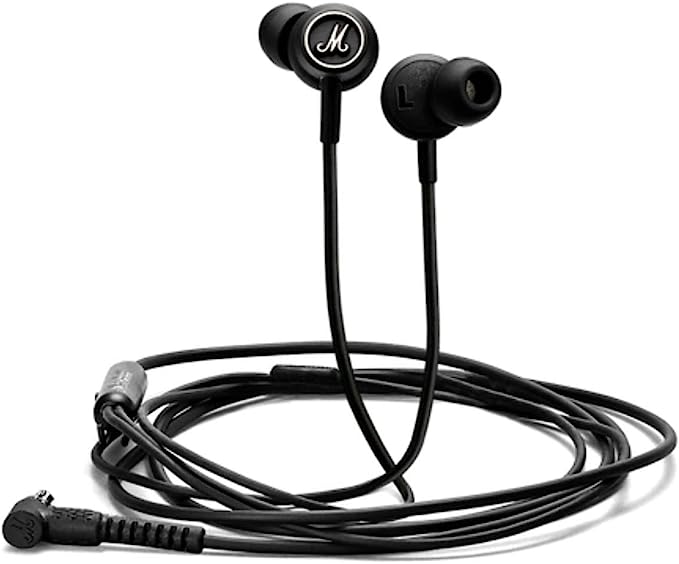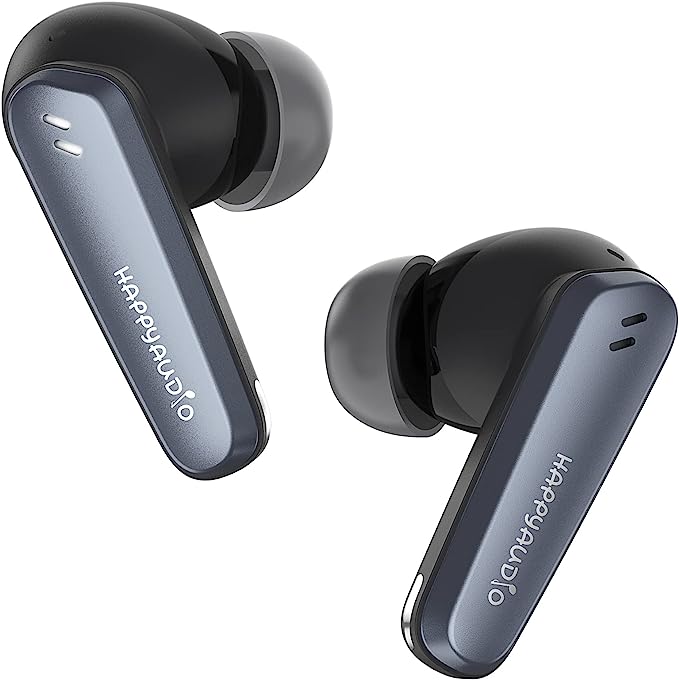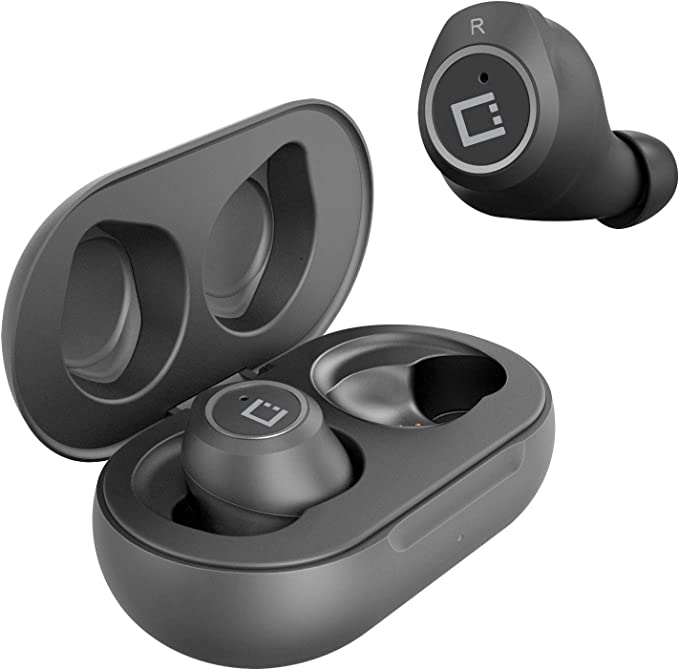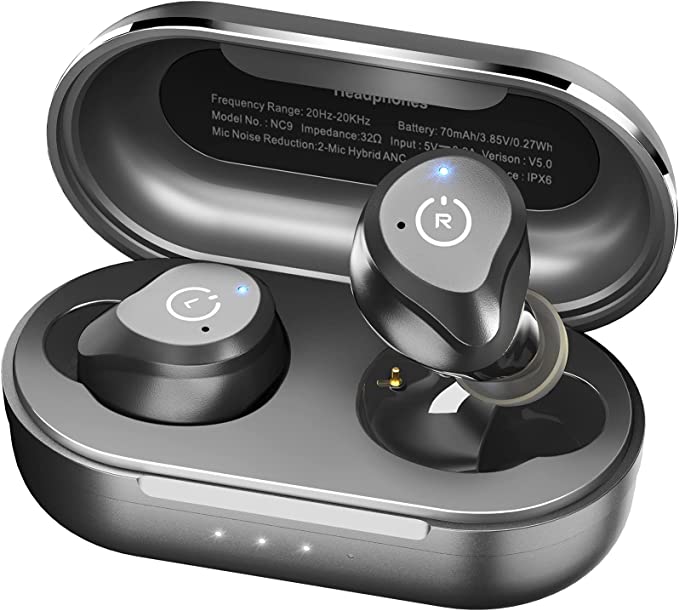Marshall Minor III: Unpacking the Science of Wireless Sound Quality
Update on Feb. 17, 2025, 12:29 p.m.
The Sound of Rebellion: A Marshall Legacy
For over half a century, the name Marshall has been synonymous with the raw power and rebellious spirit of rock and roll. Those iconic stacks of amplifiers, a familiar backdrop on stages worldwide, have delivered the defining sounds of generations of musicians. But the pursuit of sonic excellence isn’t confined to massive concert halls. It’s a philosophy that extends to every product bearing the Marshall name, including the seemingly diminutive, yet surprisingly powerful, Minor III true wireless earbuds.

The Wireless Dilemma: Sound Quality vs. Convenience
Wireless earbuds offer unparalleled freedom. No more tangled wires, no more being tethered to your device. But this freedom often comes at a cost: sound quality. Early wireless earbuds were notorious for weak bass, dropouts, and frustratingly short battery life. The challenge for audio engineers has been to overcome these limitations and deliver an audio experience that rivals that of wired headphones.

Minor III: Breaking the Wireless Sound Barrier
The Marshall Minor III earbuds represent a significant step forward in this quest. They’re designed to deliver the signature Marshall sound – rich, powerful, and detailed – without the constraints of wires. How do they achieve this? The answer lies in a combination of carefully selected components, clever engineering, and a deep understanding of acoustics.
The Heart of the Sound: 12mm Dynamic Drivers Explained
Let’s start with the heart of any headphone: the driver. The Minor III utilizes a dynamic driver, which is essentially a miniature loudspeaker. Think of it like a tiny drum. Inside each earbud, there’s a thin, flexible diaphragm (like the drumhead) attached to a coil of wire (the voice coil). This voice coil sits within a magnetic field created by a permanent magnet.
When an electrical audio signal passes through the voice coil, it creates a fluctuating magnetic field. This field interacts with the permanent magnet’s field, causing the voice coil – and the attached diaphragm – to vibrate rapidly. These vibrations create pressure waves in the air, which our ears perceive as sound.
The Minor III boasts a relatively large 12mm dynamic driver. Why does size matter? A larger diaphragm can move more air, resulting in a more powerful sound, particularly in the lower frequencies (bass). It’s like the difference between a small drum and a bass drum – the larger surface area of the bass drum produces a deeper, more resonant sound.
Marshall’s Secret Sauce: Custom-Tuned Audio
But simply having a large driver isn’t enough. The tuning of the driver is crucial. This is where Marshall’s expertise comes in. Think of it like a chef crafting a dish. They have the ingredients (the driver), but the final flavor (the sound) depends on how they combine and balance those ingredients.
Marshall’s engineers have meticulously “tuned” the Minor III’s drivers. This involves adjusting various parameters, such as the diaphragm material, the voice coil design, and the acoustic properties of the earbud housing, to achieve a specific sound signature. This signature is characterized by a powerful, balanced sound with enhanced bass, clear mids, and crisp highs – the sound that has made Marshall a legend.

Bluetooth 5.2: The Unsung Hero of Wireless Audio
The best drivers in the world are useless if the wireless connection isn’t up to par. That’s where Bluetooth 5.2 comes in. This latest version of Bluetooth technology is a significant upgrade over its predecessors, offering several key advantages for audio:
- Enhanced Stability: Bluetooth 5.2 uses a more robust connection protocol, making it less susceptible to interference and dropouts. Think of it like upgrading from a two-lane road to a four-lane highway – there’s more room for data to flow, resulting in a smoother, more reliable connection.
- Reduced Latency: Latency refers to the delay between when an audio signal is sent and when it’s heard. High latency can be incredibly frustrating when watching videos or playing games, as the audio will be out of sync with the visuals. Bluetooth 5.2 significantly reduces latency, ensuring a more immersive experience.
- Improved Power Efficiency: Bluetooth 5.2 is designed to consume less power, which translates to longer battery life for your earbuds. This is achieved through more efficient data transmission and improved power management techniques. This is like having a car that gets better gas mileage – you can go further on a single tank.
- Connection-Oriented Channels with LE (Low Energy) Credit Based Flow Control: It allows for more effective bandwidth managment.

Beyond the Frequency Range: A Look at Impedance and Sensitivity
While frequency response (the range of frequencies an earbud can reproduce) is often highlighted, two other specifications are crucial for understanding an earbud’s performance: impedance and sensitivity.
- Impedance (32 Ω): Impedance, measured in ohms (Ω), is a measure of how much a device resists the flow of electrical current. The Minor III has an impedance of 32 ohms. A lower impedance generally means the earbuds will be easier to drive to louder volumes, especially with low-power devices like smartphones.
- Sensitivity (93 dB SPL): Sensitivity, measured in decibels sound pressure level (dB SPL), indicates how loud the earbuds will play at a given power level. The Minor III’s sensitivity of 93 dB SPL means it can achieve a reasonably loud volume without requiring excessive power.
The Shape of Sound: Design and Comfort
The Minor III’s design is unmistakably Marshall. The textured black finish and iconic script logo are a nod to the brand’s heritage. But the design is more than just aesthetics. The shape of the earbuds is designed to fit snugly and securely in most ears.

25 Hours: Powering Your Soundtrack
The Minor III offers a total of 25 hours of wireless playtime. The earbuds themselves hold 5 hours of charge, and the charging case provides an additional 20 hours. This means you can listen all day without worrying about running out of power. The case itself is compact and pocketable, making it easy to take your music with you wherever you go.
Real-World Performance: Balancing the Pros and Cons
The Marshall Minor III offers remarkable audio, specially for Rock genre.
The touch controls are responsive.
The lack of active noise cancellation (ANC) is a notable omission, particularly for users who frequently use their earbuds in noisy environments.
Conclusion: The Science of Sound, Unplugged
The Marshall Minor III True Wireless In-Ear Headphones are more than just a stylish accessory. They’re a testament to the power of combining cutting-edge technology with a deep understanding of acoustics. By carefully considering every aspect of the design, from the 12mm dynamic drivers to the Bluetooth 5.2 connectivity, Marshall has created a pair of earbuds that deliver a truly impressive wireless listening experience. They’ve successfully brought the science of sound, unplugged, into the palm of your hand.
